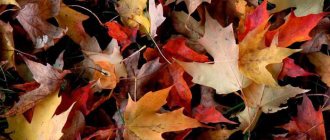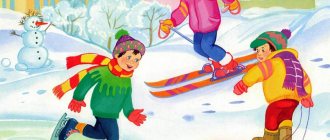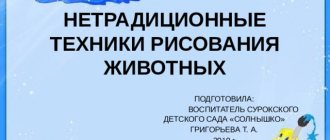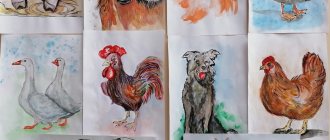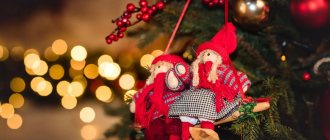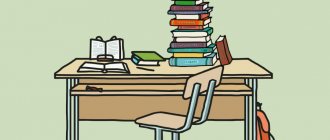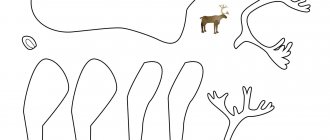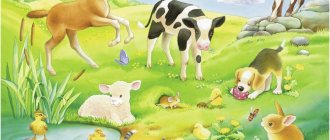The most complex form of speech activity is connected speech . In the process of speech development of a child, the leading role is played by the development of coherent speech. This contributes to the improvement of its other aspects.
Coherent speech in children without speech pathology occurs simultaneously with the development of activity, thinking and communication with people around them.
In children with general speech underdevelopment, the process of forming coherent speech is disrupted. This is due to the underdevelopment of the leading components of the language system: phonetic-phonemic and lexical-grammatical. Therefore, such children have significant difficulties in mastering coherent speech skills. For the second time, additional difficulties arise: deviations in the development of mental processes (memory, attention, perception). But thanks to the system of correctional classes, you can catch up.
Signs
Feather cover and the ability to fly are the main characteristics of birds. These are warm-blooded animals that can maintain a constant body temperature of 40°C. The skin is dry, devoid of glands (except for the coccygeal gland in waterfowl). The presence of a beak is a distinctive feature of birds. Feathers, scales on the legs, claws and beak covers - horny formations, skin appendages (Fig. 2).
Adaptations of birds for flight:
- The body is streamlined to reduce friction.
- Strongly developed pectoral muscles set the wings in motion.
- The feather cover creates a flying surface.
- The skeleton is strong and light (tubular bones are hollow).
- The forelimbs are transformed into wings.
- The lantern helps with landing.
- The tail is the rudder in flight.
- The jaws are devoid of teeth.
Rice. 2. Signs of birds
Birds have distinctive features in the structure of their respiratory and digestive organs, which are associated with the ability to fly. The beaks of insectivorous birds are thin, sharp, while those of granivorous birds are strong, cone-shaped. Large sizes and a strong beak, often curved down, distinguish daytime and nocturnal birds of prey.
In temperate latitudes, the dependence of bird life on seasonal changes in nature is more pronounced. There is a period of preparation for reproduction, which in most birds is associated with the construction of a nest or nesting. After hatching, post-breeding molt occurs. The final periods in the annual cycle are preparation for winter and wintering. As the seasons of the year and food resources change, birds migrate (Scheme 1).
Scheme 1.
Groups of birds according to the nature of their migrations during the season
Migratory birds migrate thousands and tens of thousands of kilometers from their nesting sites in the fall. Flights to warmer regions take place along the same routes. Scientists study the migration directions of birds using ringing: they attach a light metal ring to the bird’s tarsus indicating the number, city and country.
Magnificent peacock
The colorful specimen does not hold back your imagination when decorating it, and it is not at all difficult to reproduce it on paper.
Step-by-step instructions for children:
- A peacock's head is a circle with a beak.
- Add a torso configuration with a neck.
- The rest of the space on the album sheet is given to a chic, flowing tail, onto which patterns similar to the leaves of a tree are applied.
- The tail background will be green. We paint the body, eyes and fragments of decoration with bright colors. Don't forget about the characteristic crest.
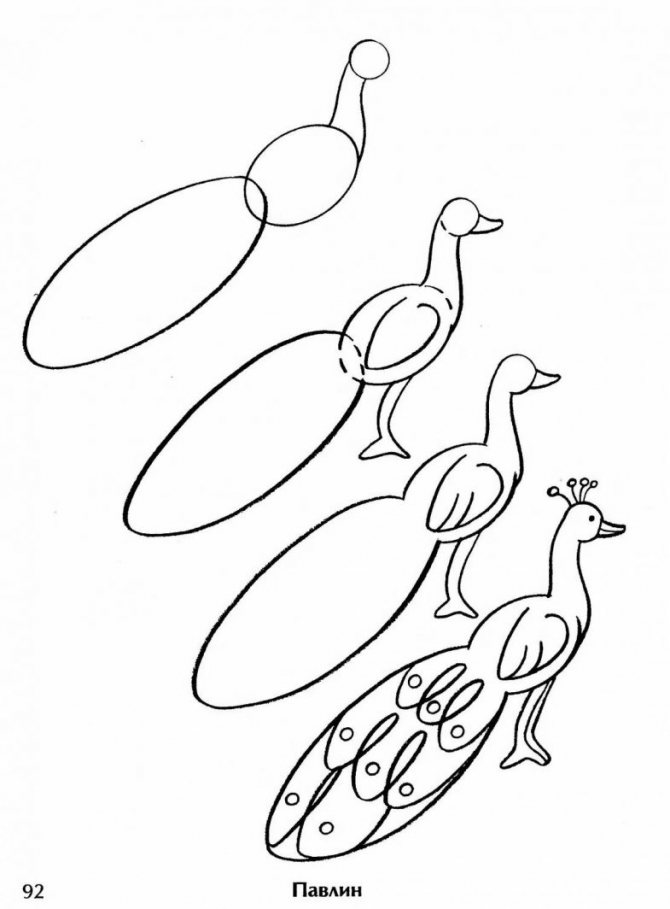
You can choose colors at your discretion, experimenting and achieving expressiveness.
Characteristics of units
The class includes over 10,000 species belonging to 40 orders. The classification of birds has been revised several times and continues to be developed. According to the classification of the International Union of Ornithologists, the subclasses Ratites (6 orders) and New palatines (34 orders) are distinguished.
Ostriformes or Ostriformes belong to the subclass Ratites. Large birds live in the open landscapes of Australia, Africa, and South America. They don't fly, but they run very fast. The African ostrich is the largest modern bird. The height of an adult is up to 2 m, weight is up to 75 kg.
The subclass New Palatines is a large group of orders of birds inhabiting various natural zones and landscapes. Representatives of the order Penguins or Penguinaceae are flightless birds that can swim and dive well. They live in the coastal waters of Antarctica, Australia, South America, South Africa, and the islands of the Southern Hemisphere. Penguins eat fish and shellfish and breed on the coast. The richest in species is the order Passeriformes (Fig. 3).
Rice. 3. Tit
Table 1.
Comparative characteristics of bird orders belonging to different groups
| The most important orders of birds | |
| Squad | Signs. Representatives |
| Passeriformes | Mostly forest birds, they have four-fingered limbs (three fingers pointing forward, one back); chicks, live in pairs during the nesting period. Representatives:
|
| Charadriiformes | Brood birds, live along river banks and wetlands; medium size, long legs and a thin long beak. Representatives:
|
| Anseriformes | Along the edges of the beak there are horny plates or teeth, and at the end of the beak there is a thickening - the marigold; waterfowl brood birds. Representatives:
|
| Penguins | The wings are narrow, unsuitable for flight, the feet have membranes, the legs are carried back, the skeleton is heavy, and the feather cover is very thick. Representatives:
|
| Crane-like | Birds of open spaces have long legs and necks. Representatives:
|
| Ostriches | Large birds; have weak, unfit for flight wings and strong legs. Representatives:
|
| Chicken | Short rounded wings (fly heavily), four-fingered legs, with large claws and dense feathers, the beak is relatively large. Representatives:
|
| Diurnal predators | Long, sharp, hook-shaped claws; beak short, curved; the flight is fast. Representatives:
|
| Owls | Nocturnal birds of prey, with strong curved beaks and sharp claws, sensitive hearing and sharp eyesight, have loose and soft plumage, allowing them to fly silently. Representatives:
|
Birds belonging to different orders, but having similar adaptations to environmental conditions and similar behavior, are combined into ecological groups. Ecological groups are distinguished by habitat, feeding and nesting methods. Ecological groups by habitat: birds of ponds, swamps, forests, open spaces.
Based on their feeding method, birds belong to the following ecological groups:
- herbivores (finches, siskins, thrushes, waxwings (Fig. 4);
- insectivores (tits, woodpeckers, rubots);
- raptors (falcons, hawks, eagles, owls);
- scavengers (vultures).
Rice. 4. Waxwing
Swan
The majestic specimen captivates with its grace.
Look how easy it is to draw this handsome guy:
- We outline a circle-head and an oval body; these parts are connected by an elongated swan neck, which is thickened.
- We emphasize with strokes the outlines of the wing and small tail.
- The eye is blue, and the wide beak is reddish with the obligatory nostrils.
- Using chiaroscuro we add volume to the figure.
- We accentuate the blue of the water.
You can display a pair of birds located opposite.
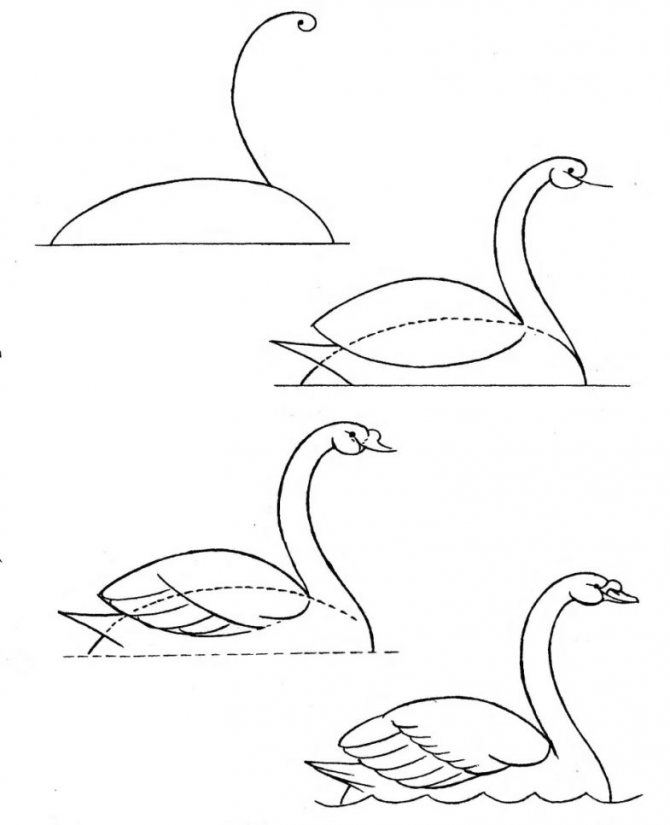
Another long-necked figure is the stork. It is characterized by long, ankle-shaped legs with a middle thickening of orange color and large paws.
External structure
Features of the external structure of birds:
- Streamlined body shape.
- Division of the body into head, neck, torso, tail and limbs (Fig. 5).
- Transformation of forelimbs into wings.
- Feather cover.
Rice. 5. External structure of the rock pigeon
Veils
Feathers are light, non-wetting horny formations. In the structure of the feather, there is a hollow rod with a base - the edge, and fans located on both sides of the rod (Fig. 6). The barbules of the first and second order are horny plates extending from the shaft, equipped with hooks.
Rice. 6. Bird feather
| Feather classification | |
| Contour | - the main type in the plumage composition. They form the contour of the bird's body, giving it a streamlined shape. |
| Flight feathers (on wings) | - long, durable, designed for flight. They form the plane of the wing and are attached along its edge. Primary ones are attached to the hand, secondary ones are attached to the forearm, tertiary ones are attached to the shoulder. |
| Coverts | - a variant of contour feathers. Cover the lower part of the flight feathers. |
| Helmsmen | - make up the tail. Strong and long feathers regulate the direction of flight. |
| Downy | - intermediate between down and contour feathers. They are located under the contour feathers, have a thin shaft, and the barbs do not contain hooks. |
| Pooh | - feathers with a very shortened, thin shaft. The beards extend from the edge in a tuft. |
Musculoskeletal system
Rice. 7. Skeleton of the rock pigeon: 1 - lower jaw; 2 - upper jaw; 3 - cerebral part of the skull; 4 - cervical spine; 5 - shoulder; 6 - forearm; 7 — buckle; 8 - phalanges of fingers; 9 - shoulder blade; 10 - ribs; 11 - complex sacrum; 12 - caudal spine; 13 - coccygeal bone; 14 - thigh; 15 - lower leg; 16 — shank; 17 - phalanges of fingers; 18 - sternum; 19 - keel of the sternum; 20 - coracoid; 21 - clavicles (fork)
Table 2.
Bird skeletal structure
| Skeleton department | Bones in the skeleton | Peculiarities |
| Scull | Skull, jaws | Large eye sockets. Jaws have no teeth |
| Spine | Vertebrae departments: cervical, thoracic, waist, sacral and caudal | Only the vertebrae of the cervical and caudal regions are mobile |
| Rib cage | Ribs, sternum | On the chest there is a growth (ridge) - a keel, to which the wing muscles are attached. The ribs have transverse processes |
| Forelimb belt | Clavicles, shoulder blades, crow bones. Free limb: humerus, forearm bones, hand bones | The collarbones grow together to form a fork. Almost all the bones of the hand have fused and formed a buckle |
| Hind limb belt | Pelvic bones. Free limb: femur, shin bones, tarsus, foot bones. | The pelvic bones fuse with the sacrum. The tarsus is formed by the bones of the leg and foot |
Wise Owl
This peculiar representative of the fauna is a frequent hero of children's paintings.
- Her head is represented by a flattened ball, and her pointed body is connected to it by a smooth transition with the absence of a cervical bridge.
- The legs begin with small oval panties and end with claws.
- We finish drawing the pointed ears, a crochet nose and a wing.
- We highlight the feathers on the tail. The eyes are round and yellow.
- The head area is decorated with down strokes. The breast is lighter in color.
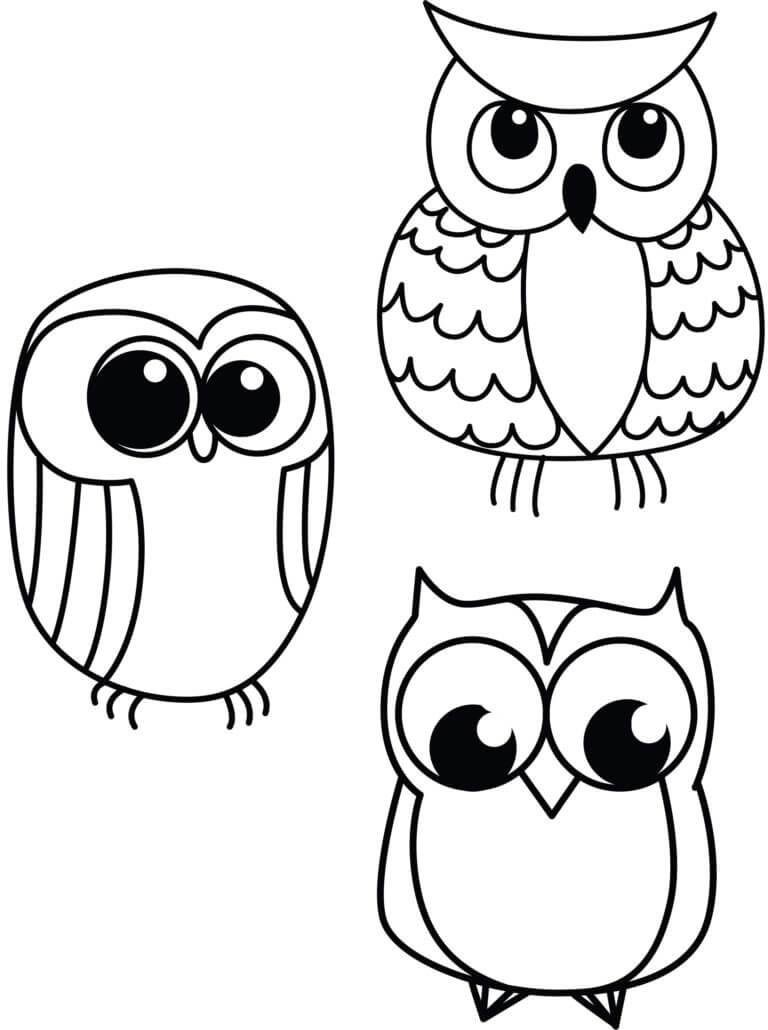
Internal structure
Table 3.
Organ systems and organs of birds
| Organ systems | Organs within the system | Peculiarities | Adaptations for flight |
| Digestive | Mouth - pharynx - crop - esophagus - stomach - intestines - cesspool. Salivary glands, liver, pancreas | No teeth. Softening of food occurs in the crop. Two-chamber stomach (glandular and muscular) | Fast digestion of food and frequent bowel movements |
| Respiratory | Airways, lungs, air sacs | Lungs are spongy. Air sacs are located between organs, under the skin and penetrate into the cavities of tubular bones | A flying bird has double breathing (oxygen enters the blood both during inhalation and exhalation) |
| Blood | Heart and blood vessels. Two circles of blood circulation | The heart is four chambered. Arterial and venous blood do not mix | All organs receive oxygenated blood, which ensures a high level of metabolism and a constant body temperature |
| excretory | Kidneys - ureters - cloaca | Pelvic kidneys | No bladder |
| Nervous | Brain, spinal cord and nerves | The most developed cerebral hemispheres are the cerebellum and the optic lobes of the midbrain. | The cerebellum provides coordination of complex movements during flight. Acute vision allows you to navigate in space |
| Sexual | Ovary and oviduct. Testes and vas deferens: | Sexual dimorphism is characteristic. In females, only the left ovary and oviduct are developed. Fertilization is internal. Direct development | The development of only one ovary lightens the bird's body weight. Most species lay eggs in nests |
Digestive system
The digestive system of birds consists of the same sections and organs as those of other vertebrates. Birds consume large amounts of food and digest it quickly.
The goiter is an enlarged part of the esophagus in which food is wetted and softened. In the gizzard, food is ground using specially swallowed pebbles. The pancreatic ducts and bile ducts open into the small intestine.
Rice. 9. Internal structure of birds
Nervous system
In the nervous system of birds, the forebrain hemispheres and the cerebellum are highly developed (Fig. 10). The behavior of birds is more complex than that of reptiles; they easily develop conditioned reflexes.
Rice. 10. Nervous system
Respiratory system
The respiratory system consists of the airways and lungs. Some branches of the bronchi form large thin-walled air sacs inside the body. They reduce body density and are involved in respiration.
Rice. 11. Diagram of the bird's respiratory system
Circulatory system
Birds have a four-chambered heart, consisting of the left and right atria, left and right ventricles. The right and left halves do not communicate with each other, so arterial and venous blood do not mix. Birds have two circles of blood circulation (Fig. 12).
Large circle: left ventricle of the heart → body → right atrium.
Small circle: right ventricle of the heart → lungs → left atrium.
Rice. 12. Poultry circulatory system
Excretory system
Excretory organs are paired kidneys. The urine formed in them flows down the ureters into the cloaca and, together with undigested food debris, is released out. Birds do not have a bladder.
Reproduction
Sexual dimorphism - the difference between females and males - in birds is manifested in body size, color and plumage structure (Fig. 13).
Rice. 13. Sexual dimorphism in domestic chickens
Birds are dioecious animals with internal fertilization. The reproductive organs of males are the testes, from which vas deferens extend, opening into the cloaca. Females have one left ovary and a well-developed oviduct, which also enters the cloaca.
Fertilization occurs in the upper part of the oviduct. The egg passing through the oviduct is covered with a thick layer of protein and other membranes (Fig. 14).
Rice. 14. Structure of a bird egg
Functions of egg parts
| Egg parts | Function |
| Shell | Protects the egg from mechanical damage. Provides gas exchange |
| Subshell membrane | Protects against penetration of microbes. Forms an air chamber |
| Suprashell membrane | Protects against penetration of germs |
| Air chamber | Contains oxygen for the chick's first breath before leaving the egg |
| Protein | Source of water for the embryo |
| Yolk | Contains a supply of nutrients for the embryo |
| Rope | Holds the yolk in position with the germinal disc facing up |
The bird usually lays a fertilized egg in a nest and incubates it. Chicks that are born almost naked, blind and helpless are called chicks or nestlings (Fig. 15). They need heating and feeding. Chicks that are born covered with thick down are brood chicks.
Rice. 15. Nest chicks
The embryo develops in the egg at a temperature of 37–39°C and high humidity. Towards the end of development, the chick breaks through the shell using a horny tubercle on its beak and comes out.
Large birds build buildings in trees (rooks, jackdaws, magpies, eagles). Pigeons and swallows make nests under the roofs of houses, larks - on the ground. Woodpeckers and bluebirds settle in hollows. The eggs are usually incubated by females. Caring for the offspring after the chicks hatch is manifested in the form of feeding, heating and protection.
Bullfinch
- The circle and oval are combined with rulers, the back of which will go into the wing.
- Draw the head elements and the triangular tail.
- We select the feathers and plant the bird on a branch.
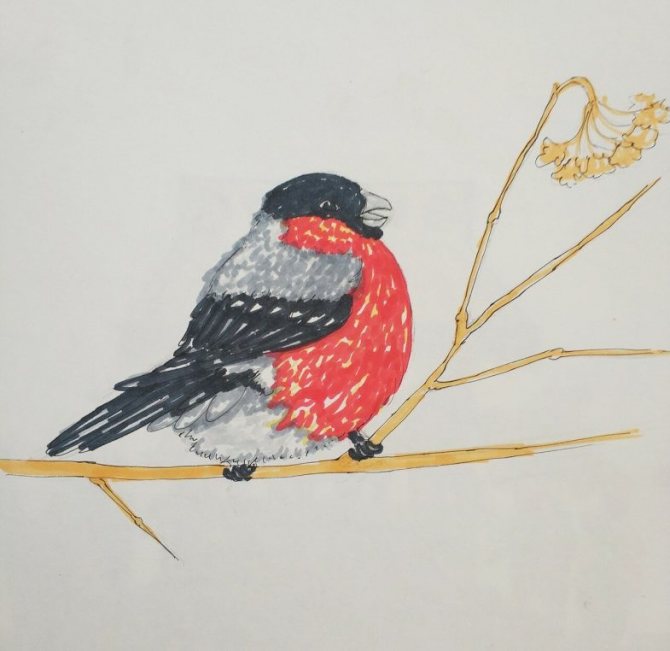
We outline the outline in relief and color the winter singer, making the abdomen red, which is its distinctive feature.
The importance of birds in nature and human life
Many birds eat insects and mouse-like rodents - pests of agriculture and forestry, carriers of dangerous pathogens of plants, animals and humans. Birds provide benefits by helping to pollinate flowers. Birds eat fruits and seeds and regulate plant numbers. The birds themselves are food for other animals (reptiles, mammals).
Some bird species are objects of commercial and sport hunting. These are representatives of the order Galliformes (pheasant, black grouse, hazel grouse), birds of ponds and marshy places (duck, goose, corncrake, grebes, snipe).
Scheme 2.
The importance of birds in nature and human life
Game and domestic birds are a source of meat, eggs, feathers and down for humans. Bird droppings are used as organic fertilizer. Poultry (chickens, geese, ducks, turkeys) are bred for their tasty dietary meat, eggs, and fluff. Breeds of chickens characterized by increased egg production have been selected. Quails, guinea fowl, and ostriches are grown at home and bred on industrial farms.
Parrot
The colorful Macaw is in demand, so let’s boldly get to work and try to draw this bird step by step:
- We depict a large and small oval; they are smoothly united by a back line ending in a flowing tail.
- The volumetric fragment becomes the basis of the wing, wavy at the bottom.
- Add a convex nose-hook and an eye.
- Marked semicircles will help show how the colors on the head change.
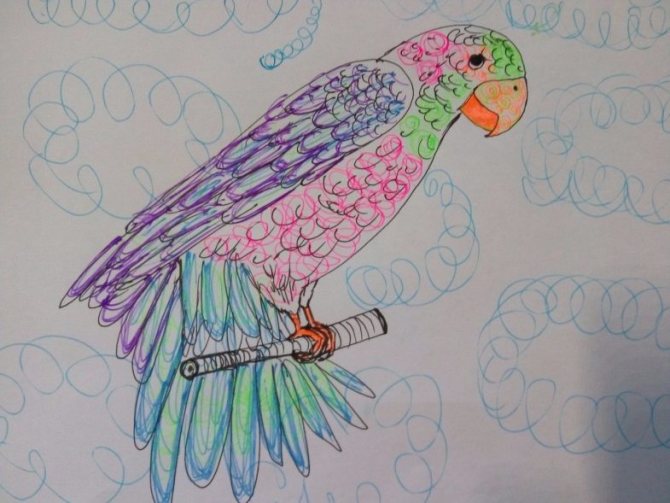
When coloring, use a red and yellow pencil, additionally using a dark blue tone on the tail section and the edges of the wings. Violet and black colors provide relief to the feathers.
And the youngest creators will love the image of a tiny chicken. They will undoubtedly cope with this task.
- The body consists of two circles, painted yellow.
- We draw on the thin paws and beak; the orange fluff along the contours will give the baby some authenticity.
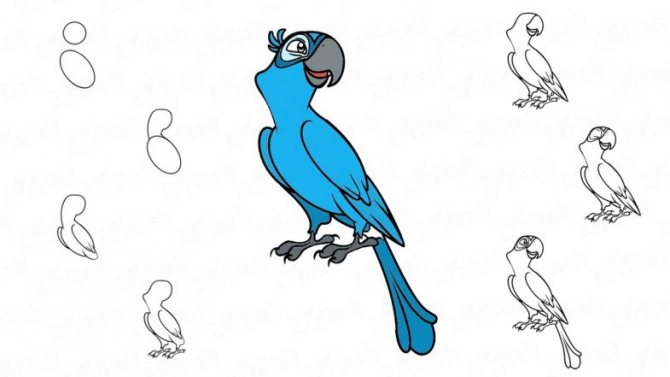
The proposed sketch options provide an answer to the question of how to beautifully draw different birds that are similar to the prototype.
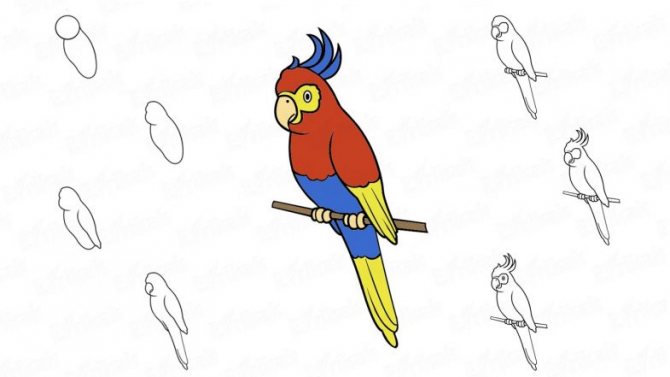
Fine arts lessons not only develop artistic thinking in children, but also enrich them with knowledge about the environment, which is important.
6) Come up with a fairy tale based on this drawing.
A fairy tale based on the drawing on page 37 for grade 1
One day the Question Ant decided to hang glider. He ran down the hill, pushed off and flew.
At this time, a flock of ducks flew past, hurrying to warmer climes, because autumn had already arrived. The ducks noticed Ant and were surprised. They thought that this was a bird that was also flying south.
The last duck turned to the Questioning Ant and asked if he would like to join the flock and fly to warmer lands with them. But the Ant laughed and replied that he was an insect, and he flies because he knows a lot and knows how to build hang gliders.
The duck quacked in disappointment and flew on. And the Ant began to descend and soon landed in a meadow.
Lesson summary “Writing a descriptive story based on a toy”
Mazurenko Larisa
Lesson summary “Writing a descriptive story based on a toy”
Summary of a lesson on speech development for children of primary preschool age
Topic: Compiling a descriptive story about a toy - a cat , a bear, a mouse.
Goal: To develop the ability to write a descriptive story about a toy .
Coherent speech - learn to compose story with the help of an adult .
Vocabulary and grammar - consolidate in speech the names of animals known to them, teach them to use words denoting qualities and actions.
Sound culture of speech - to consolidate the correct, distinct pronunciation of the sounds [m]-[m'], [p]-[p'] in words and phrases, to learn to express requests politely. The child talks together with the teacher
Cultivate politeness and kindness.
Form of implementation: NOOD
Venue: group room
Form of organization: by subgroups
Integrated educational areas: cognitive development, artistic and aesthetic development, social and communicative development, physical development
Verbal: conversation, questions, teacher's story , explanations, instructions, encouragement.
Visual: looking at toys .
Game: surprise moment, “Name the Cub”
Practical: answer the teacher’s questions, compose a descriptive story for children .
Equipment and materials: toys - bear , mouse, cat, matryoshka, steam locomotive, pyramid, puppy, car, ball, screen, letter.
Preliminary work: asking riddles, reading works and poems about animals, learning short songs, looking at illustrations , playing with toys .
Surprise moment: Receiving a letter from a toy
There is a knock on the door: the postman brings a letter.
- Guys, there’s a letter here! On the envelope it’s written: Kostroma, st. Berezovy Proezd 6–a kindergarten No. 79, group “Zateiniki”
.
- Who do you think it’s for?
Educator: Correct! Let's read it! Reads the letter:
"Hello children. We invite you to visit the new store. We are waiting for you, Ma-sha doll.”
-Are the guys ready to hit the road and find out what’s on sale in the store?
And we will go to the store by “bus”
, take your seats.
-You and I have arrived at the store. Guys, did you hear the bell - the store opened (the teacher opens the screen curtain)
Look what's on sale in the store?
— That’s right, the store sells toys . Which?
-Let's look at them together . Who is this?
-What can you call a cat affectionately?
-Who wants to tell you about the cat ?
-It's a cat. She's... fluffy. The cat has...small ears,...eyes. And her nose... The cat's tail is... long. The kitty loves... milk, loves to lap up milk. She meows... Meow.
-What is this toy called ?
-Now we will play the game “Name the Cub”
. I will name the animal and pass the ball into the hands, and the one to whom I give the ball will name the baby of this animal. For example, “dog-puppy, cat-kitten, fox-fox, hare-hare, wolf-cub, goat-kid, frog-frog, bear-bear, hen-chick, duck-duckling, hedgehog-hedgehog, owl-owlet »
-Who's that squeaking? Pee-pee-pee!
- That's right, it's a mouse. Who wants to tell you about the mouse ?
-This is... a mouse. She...what? Small, yellow. The mouse has round ears. The mouse lives in...a hole. She loves...crusts, cheese. The mouse squeaks... pee-pee-pee.
- Who is this? What song about a bear do you know?
-Who will tell you about the bear ?
- The bear... is big, shaggy, lives in... the forest. Loves... honey, raspberries. What song about a bear do you know?
Physical exercise “The giraffe has spots, spots everywhere...”
toys in the store . Do you want to buy them?
-There is a seller in the store - this is a Masha doll. She sells toys , what does the seller do? And all the children will be buyers. What do buyers do?
you don’t need money to buy , you just need to politely ask the doll Masha to give her the toy that she liked and tell her how to play with it.
-Listen to how I will do it.
Masha, please give me the pyramid. It can be disassembled and reassembled. Thank you.
The game continues until all the children “buy”
yourself
a toy . As the game progresses, the teacher, on behalf of the doll, encourages the children to use exact names, asks again: “Do you want a big pyramid or a small one,”
etc.
- Look, all the children “bought”
get yourself a toy. Thank you Masha for inviting us to your store, but it’s time for us to return to kindergarten. Goodbye.
Get on the bus
, go.
- Here we are in kindergarten.
toy store ? What toys did you see there ? What were you doing in the store? Who were you? And now you can play with the toys that you “bought and drank”
Independent activities of children
Abstract of the educational activity “Composing a descriptive story about the toy “bear cub” for the second younger group Teddy bear Program tasks: Teach children to compose a short descriptive story (3-4 sentences) with the help of an adult. Activate.
Abstract of an educational activity on speech development using mnemonics “Compiling a descriptive story about a toy” Synopsis of organized educational activities on speech development using mnemonics “Compiling a descriptive story.
Summary of a lesson on speech development “Compiling a descriptive story on the subject. “Cabbage” Objectives: Educational: Clarifying and consolidating children’s knowledge about vegetables. Developmental: Consolidating the ability to write a descriptive story.
Notes for a lesson on speech development “Composing a descriptive story about a toy using diagrams” in the middle group Notes for a lesson on speech development in the middle group Topic: “Making a descriptive story about a toy using diagrams.” Software.
Lesson notes for the senior group “Composing a descriptive story about a vegetable” Goal: development of coherent monologue speech. Objectives: 1. Activate the subject vocabulary on the topic “vegetables”, consolidate the general concept.
Summary of educational activities for speech development “Making a descriptive story based on a toy” for children of the middle group Goal: teaching a descriptive story based on a toy. Tasks: Coherent speech: continue to teach children to name their characteristic features when describing animals.
Compiling a descriptive story based on a toy Purpose: teaching a descriptive story based on a toy. Tasks: Coherent speech: continue to teach children to name their characteristic features when describing animals.
Source
